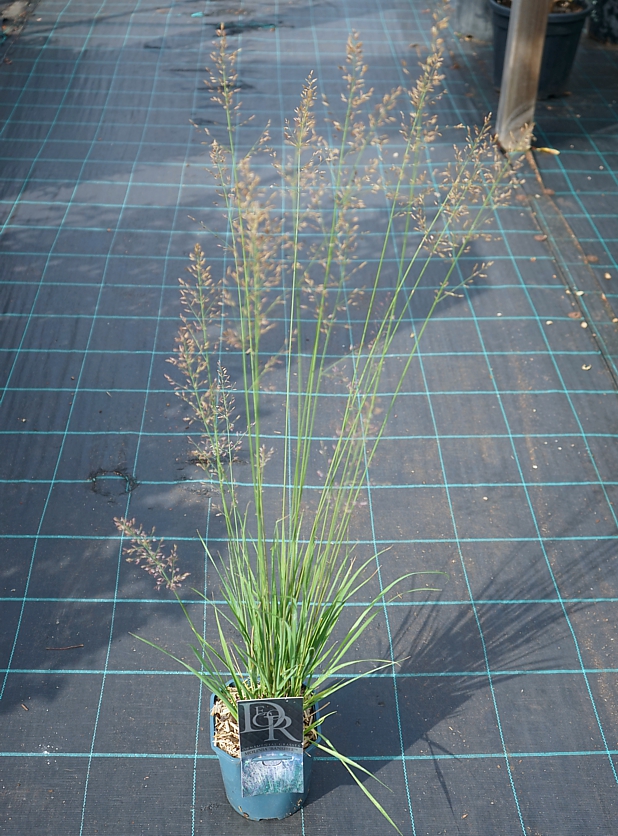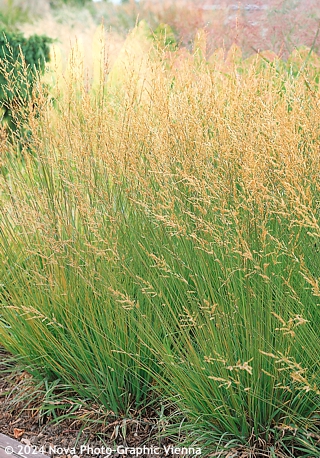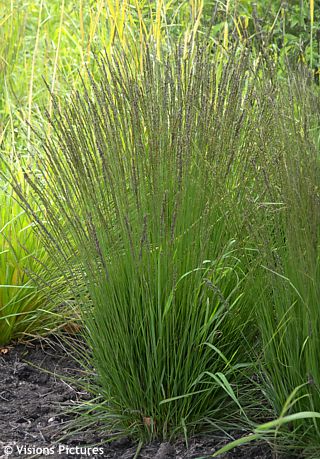Molinia caerulea 'BANSHEE' purple moor grass
Molinia
Purple moor grass is an attractive species of ornamental grass that can be found in moist to wet habitats throughout Europe, Asia and North Africa around the Mediterranean Sea. In the lowlands it is found on heaths and moors accompanied by other ericaceous plants which is somewhat atypical for a grass species. In elevated altitudes it occupies places that soak up water at least during the spring thaws and rains as they do not require as much water later in the season. It was first described Carl Linnaeus in 1753 and included in the genus Aira and it was not until 41 years later that it was reclassified and transferred into a new genus Molinia, named in honour of Chilean historian and naturalist Juan Ignacio Molina (1740-1829). He wrote detailed studies on the local flora and fauna and became a significant contribution to the previously undocumented Chilean nature and its history.
Banshee is a fantastic cultivar purple moor grass, deserving attention for its elegance and variability. It forms compact, fresh green clumps of narrow leaves, from which slender, upright stems emerge from June through autumn, topped with abundant, airy panicles of flowers. These begin in a deep purple hue, gradually shift to soft pink, and finally fade to light beige. In autumn, both stems and foliage turn golden-orange, allowing the plant to retain a striking silhouette even after flowering, adding structure to the garden throughout the winter months.
‘Banshee’ originated as a spontaneous mutation discovered by Tomasz and Katarzyna Grochowscy at their nursery, Szkółka Roślin Ozdobnych Katarzyna i Tomasz Grochowscy in Poland in 2016. It was introduced to the market in 2025 by Polish gardener Artur Maj in collaboration with Plantipp. That same year, it was awarded a gold medal at the prestigious international novelty fair Plantarium – a noteworthy achievement for an ornamental grass variety.
In the landscape, ‘Banshee’ serves as a delicate yet prominent vertical accent. It looks stunning in larger groups, where its shifting colors and gently swaying inflorescences bring movement and light to perennial beds. It pairs beautifully with flowering perennials such as Echinacea, tall Sedum, Aster, or even spring blooming meadow sage which provides mass and early blooms while ‘Banshee’ is still a baby. With a height of around one meter and a spread of up to 70 cm, it’s suitable even for smaller gardens, where it can act as an elegant specimen or part of a structured planting. In naturalistic designs, it can serve as a transition between perennials and looser vegetation. Thanks to its resistance to drought, wind, heat, and pollution, ‘Banshee’ is an ideal choice not only for natural gardens but also for urban settings or coastal plantings. Moreover, it is very low-maintenance and sterile – it does not self-seed.
Molinia is a slow-growing grass that takes time to get established in a new location. It is a moisture-loving species that can even handle moderate waterlogging in muddy soil and shallow ponds or lake margins, but it does not necessarily require so much water when cultivated in a garden. It prefers deep and more acidic soil that will not dry out completely, although once established it is very tolerant of short-term dry spells in summer. You can grow it in full sun or partial shade. In the spring, before new leaves emerge but after all frosts, cut it back 5-10 cm above the ground. It grows in compact clumps, does not weed around or gets invasive, and forms larger clumps very slowly – consider planting several plants into one nest. Hardy to min. -34 °C (USDA zone 4).
Last update: 07-10-2025
Goods are shipped all over Europe. For Russia and U.K. and for further details please read about SHIPPING OPTIONS HERE.
Are you interested in a serious discount for orders NOV-FEB? Check your options here.
THE PRICES INCLUDE VAT of 15%. For quick conversion you can use 1 CZK = approx. 0.04 EUR
- STANDARD QUALITY - Plants of this group are 1st class quality with number of branches and overall density adequate to their size and age, considering they were container grown.
- DE LUXE QUALITY - This label guarantees a luxurious quality of manually selected plants that, compared to their height and age, are exceptionally dense and beautiful.
- EXTRA - These plants are usually mature and bigger specimens with exceptional overall appearance.
- STANDARD (as described in the plant form) means a tree with a trunk of 190-210 cm and a crown at the top, unless specified differently. The commercial size for trees is their girth measured in the height of 1m from ground.
- HOBBY - These plants are of the same quality as our standard-quality plants but younger and therefore cheaper.
- SHRUB - a woody plant with branches growing bushy from the ground level.
- HALF-STANDARD or MINI-STANDARD - a small tree with shorter trunk, its size is usually specified.
- FEATHERED - These are trees with branches growing already from the base of the trunk and up along the stem.
- GRASSES and PERENNIALS - Sizes given usually read the diameter of the pot or the clump, as specified.






























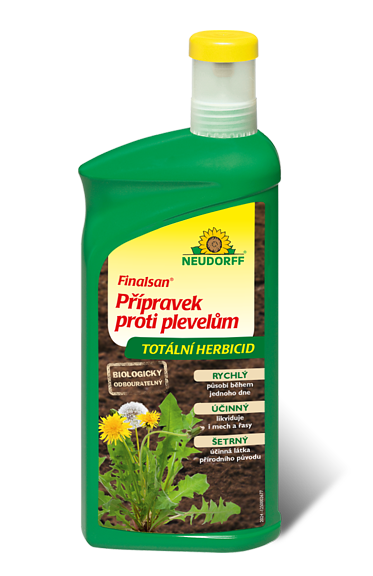


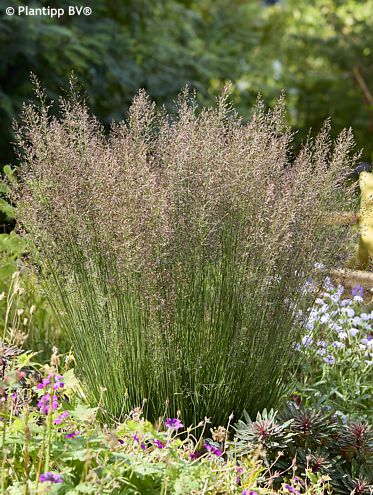
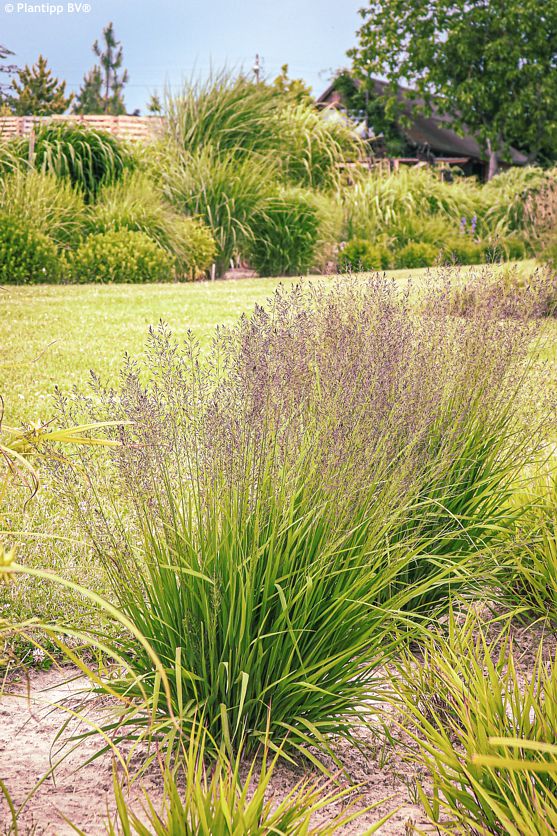
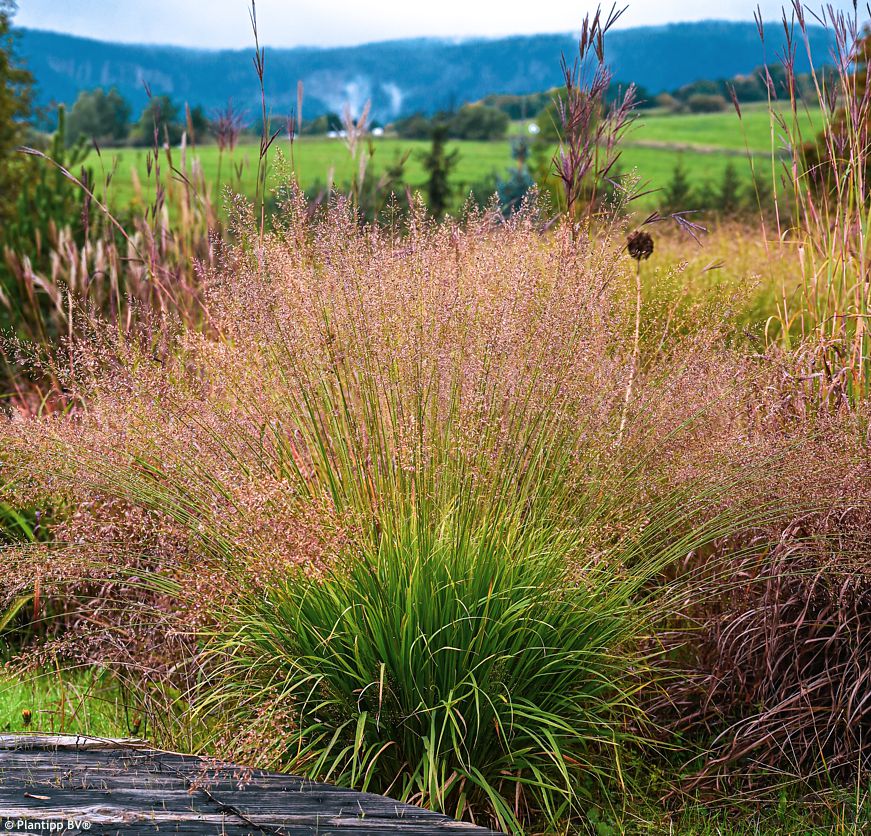
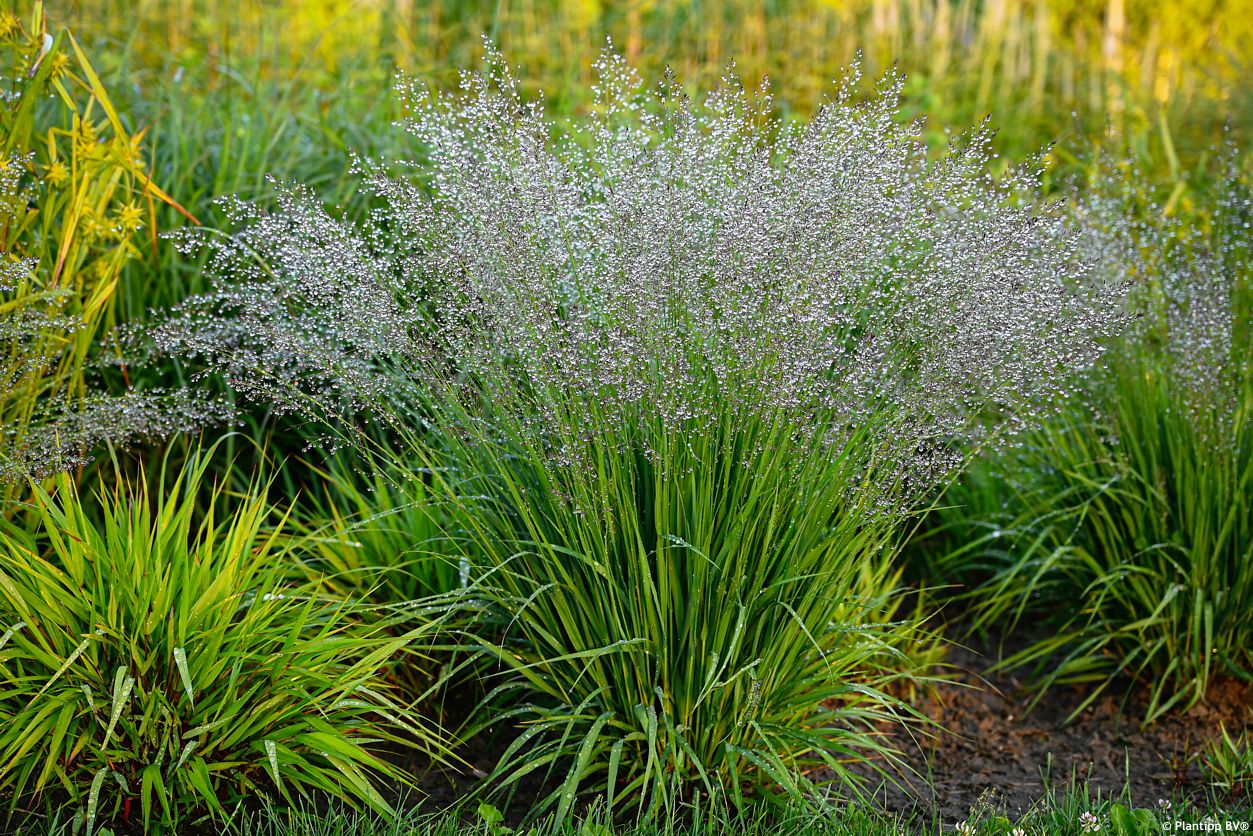
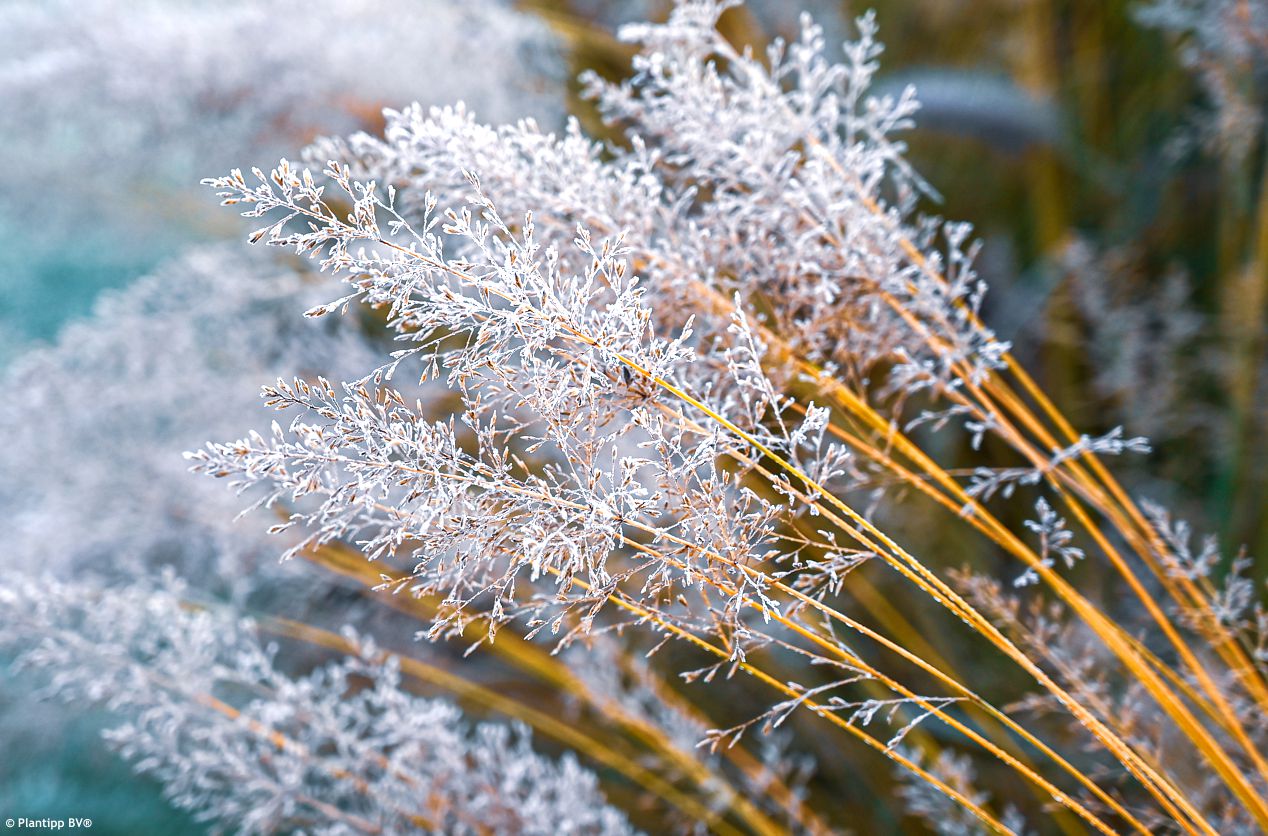
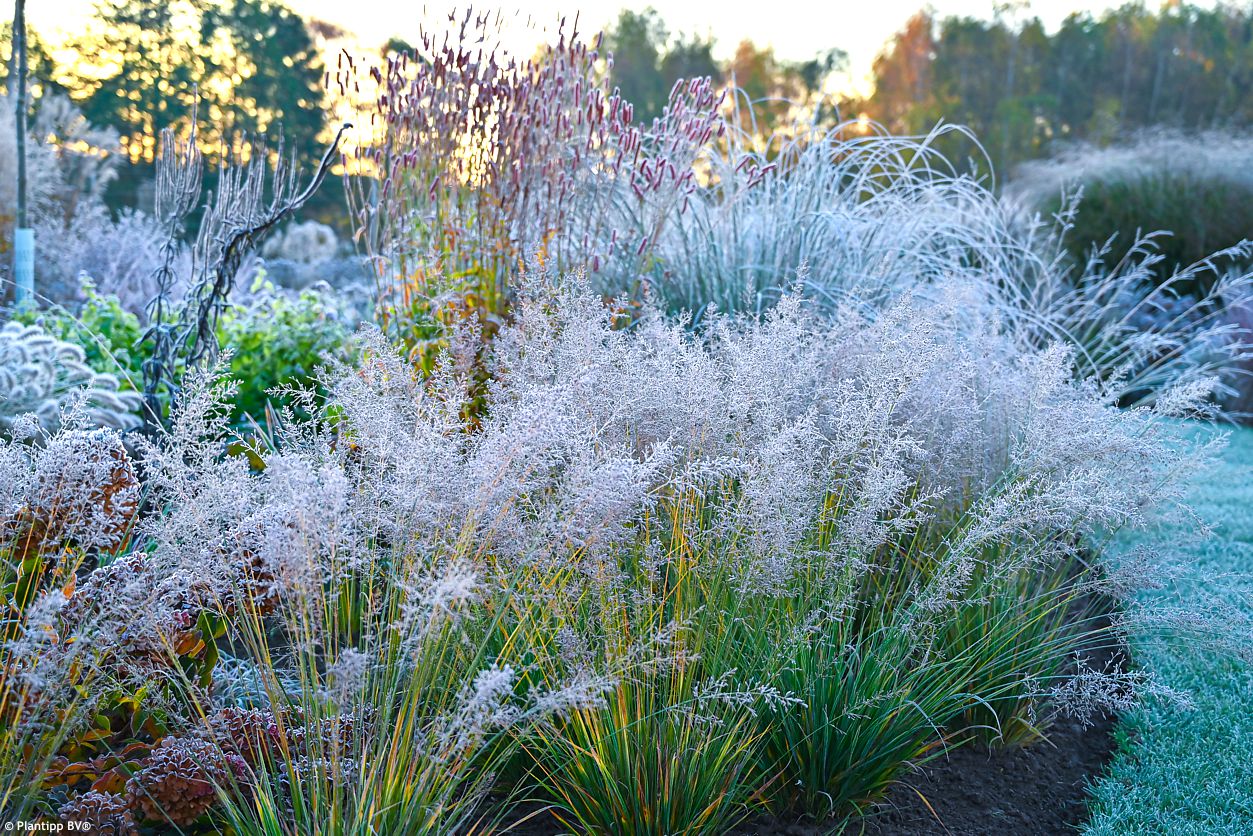
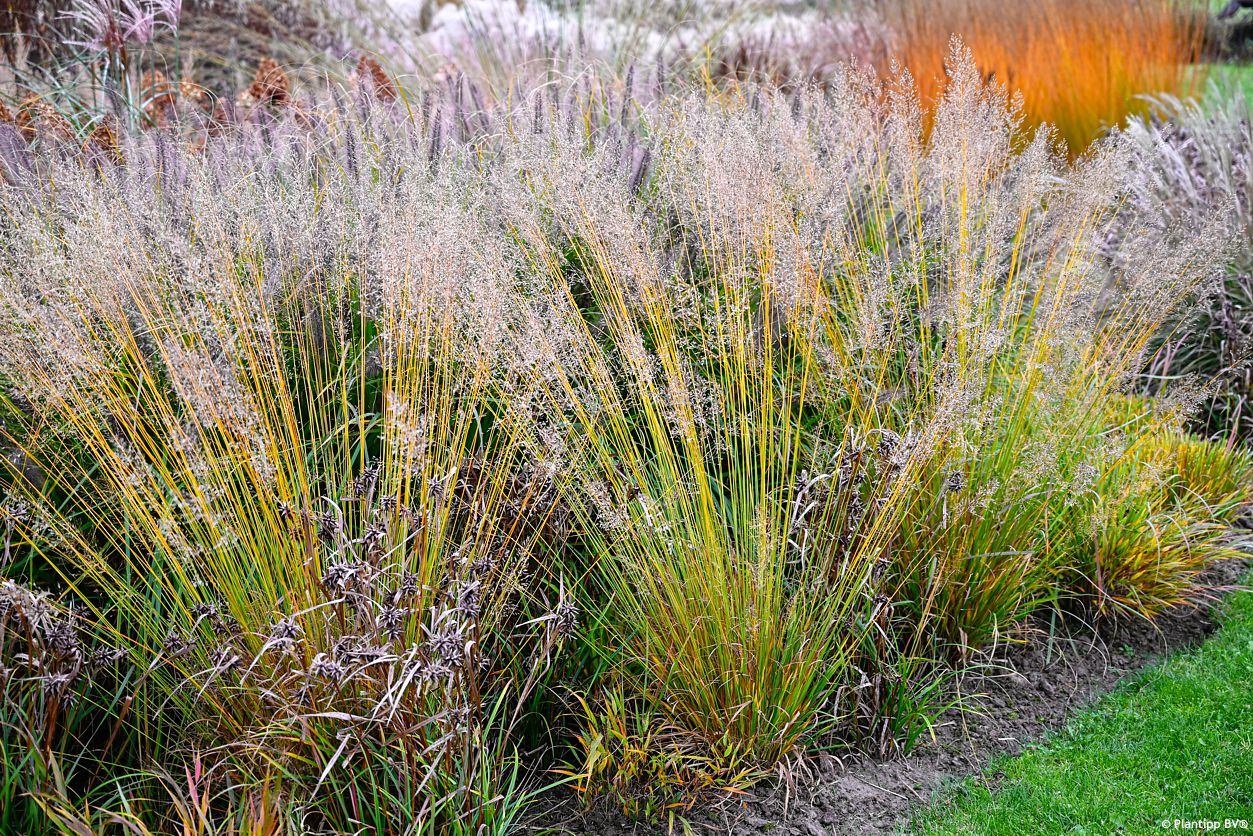
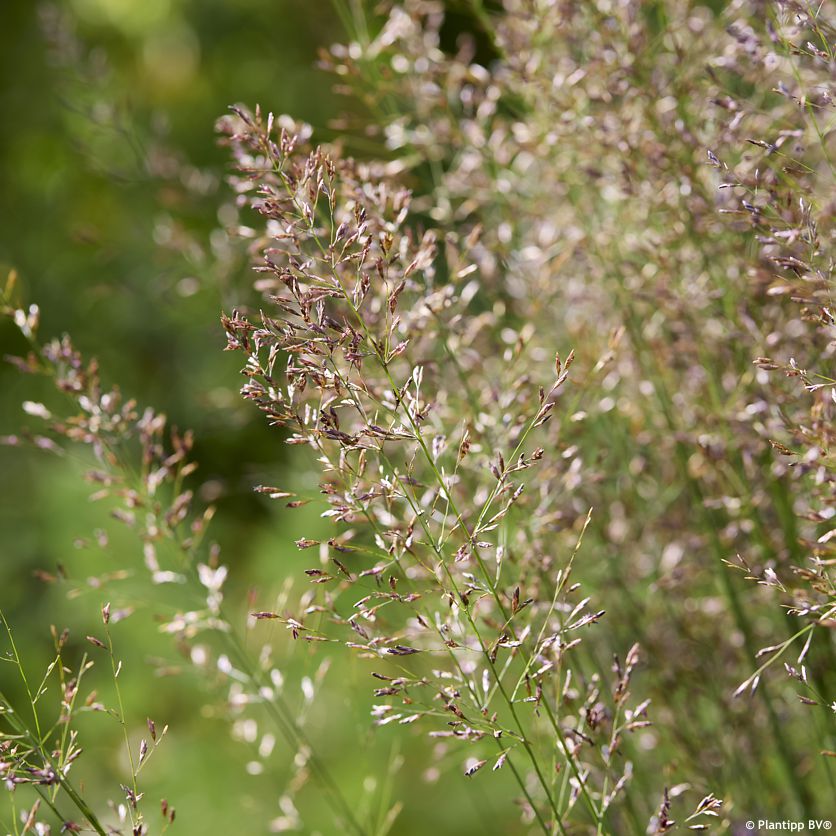
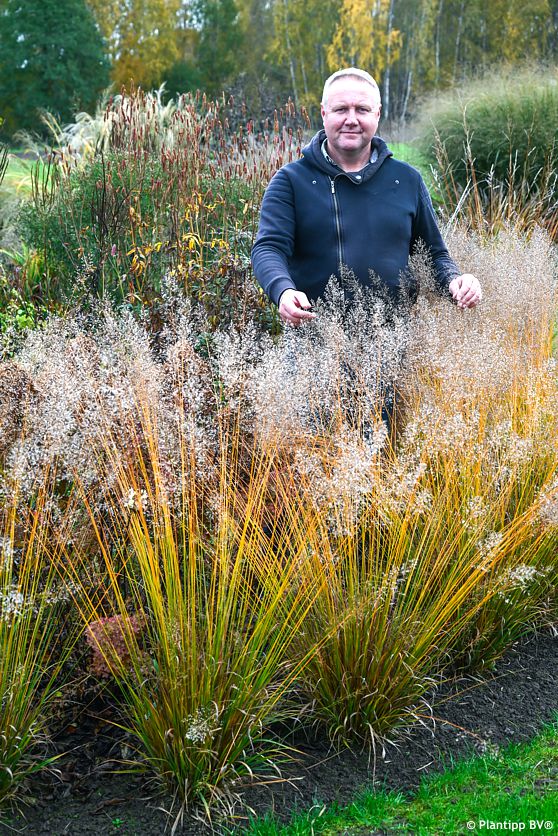
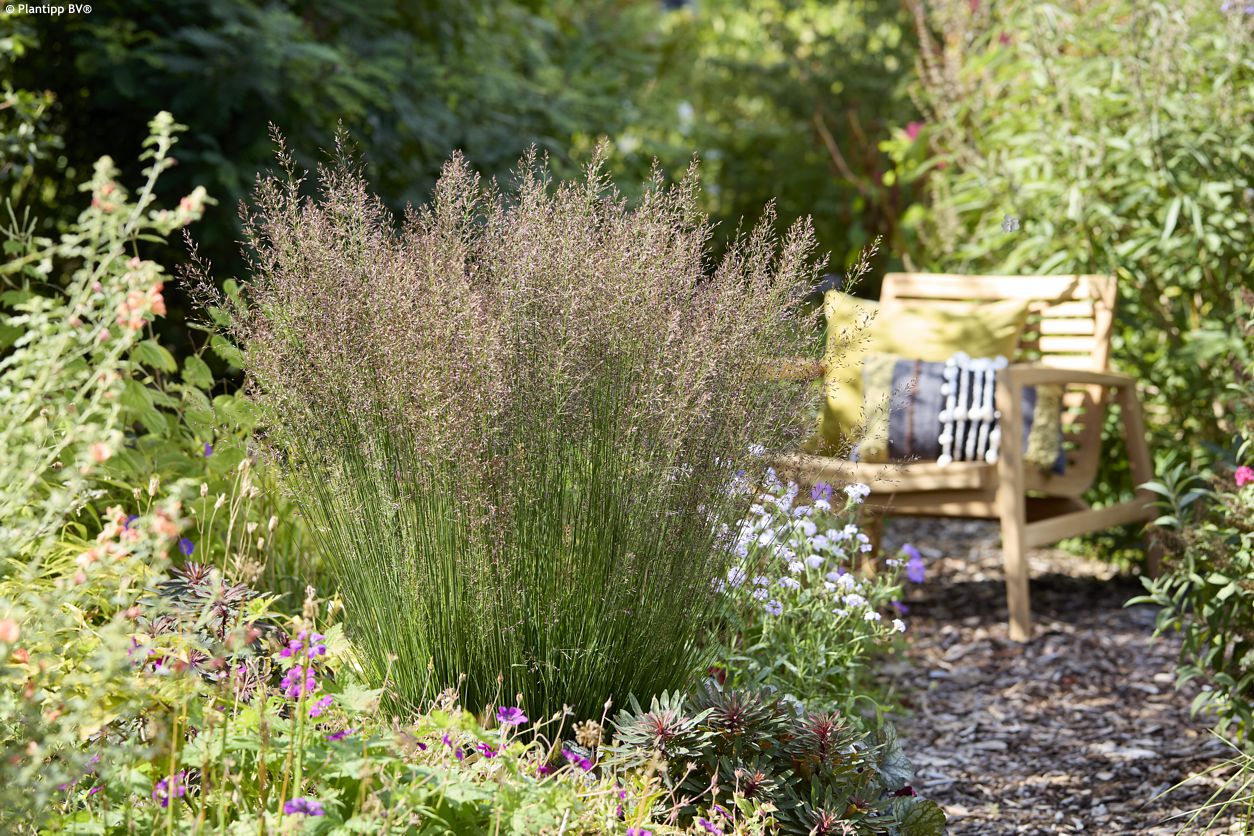
.jpg)
.jpg)
.jpg)
.jpg)

